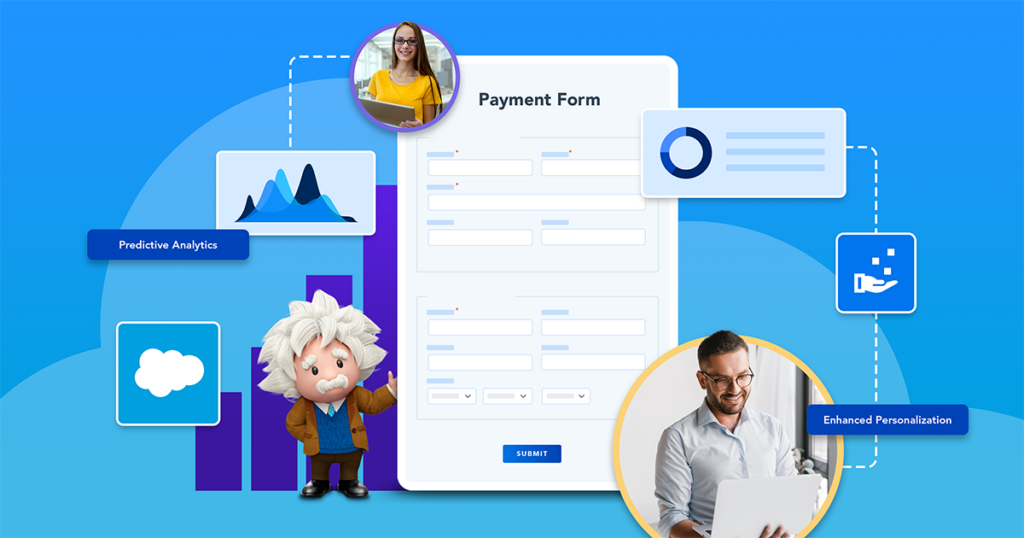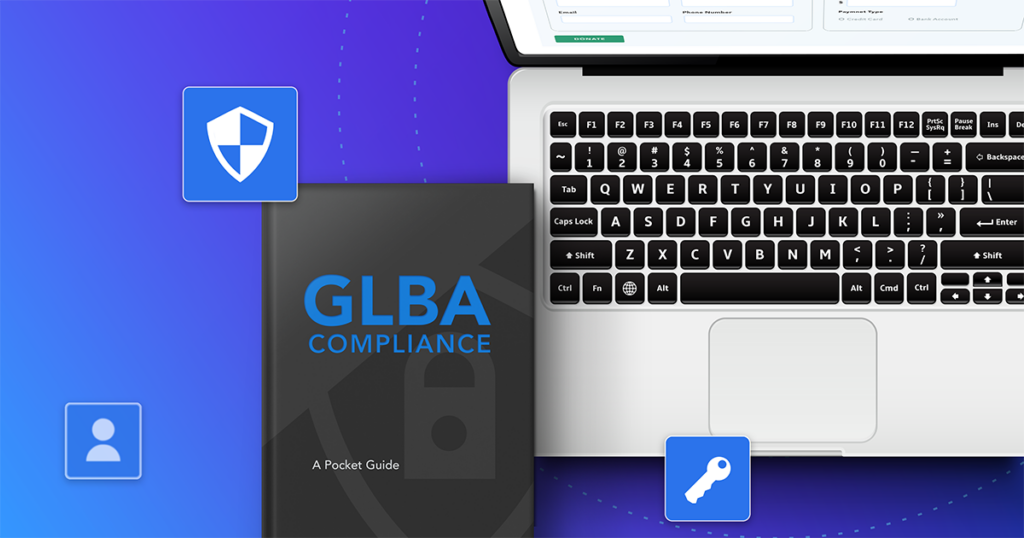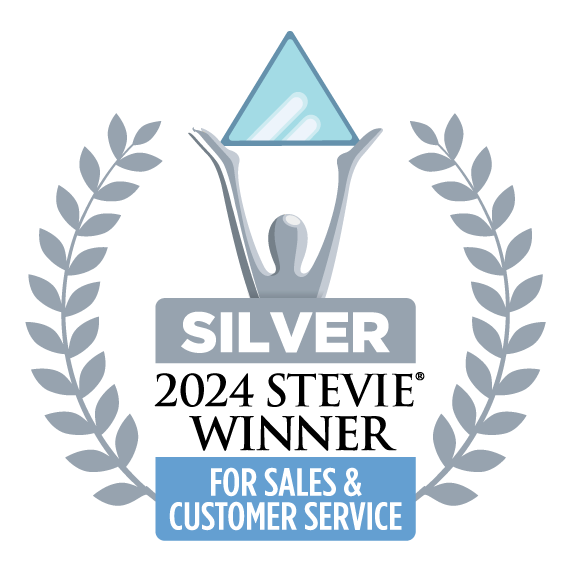Building an online application form for your organization is no small feat. You’ve been tasked with creating a user-friendly, engaging, and efficient process. One that must simultaneously attract the right applicants, alleviate user overwhelm, and gather data necessary to meet your goals.
You may be feeling overwhelmed by this challenge yourself. And who could blame you! Considering these challenges and addressing the needs of applicants is tough if you don’t have the right strategy.
Thankfully, there are several best practices you can follow when building an online application form. These tips will help transform frustrating, complex applications into streamlined processes that improve experiences for everyone involved.
6 Steps to Improve Your Application Form
Whether you’re building an application form for your financial company, higher education institution, nonprofit, or some other purpose, the best practices generally remain the same. You want to ensure a smooth journey for applicants and improve the efficiency of your company’s application process.
1. Embrace Simplicity
The greatest cause of overwhelm and frustration for respondents is the complex nature of application forms. While this can’t necessarily be avoided, there are steps you can take to simplify the experience for applicants.
If your application form requires extensive information or documentation, it’s critical to break this down into manageable steps or sections. Here are other ways to simplify the process:
- Add a progress bar or label each step of your application form
- Provide clear guidance on what information is required
- Offer contextual help for complicated questions or sections
- Remove any questions or form fields that are not relevant
2. Prioritize User-Friendliness
Application forms already have a reputation for being difficult to understand and tedious to complete. If they’re also filled with complex terminology or industry jargon, applicants may submit inaccurate responses or simply abandon your application altogether.
Avoiding these issues starts with thinking like the user. What would cause an applicant to feel overwhelmed? Where could an applicant get stuck or confused? Here are a few ways to do that:
- Design a clean and organized layout with a logical progression
- Minimize the use of confusing elements such as checkboxes or drop-downs
- Optimize the form to adapt to different screen sizes and devices
- Ensure the form loads quickly to minimize waiting times
3. Validate in Real Time
There’s nothing worse than clicking the submit button at the end of a long form, only to realize you made an error at the beginning, but were never alerted. You try again, and the same vague error pops up again. You feel stuck in a loop of endless scrolling, fixing, and clicking. The worst!
Error-free submissions are a shared goal. So it’s in everyone’s best interests to implement real-time validation to catch errors as they occur. You can do this easily with:
- Obvious error colors or symbols that show up directly next to the form field
- Clear error messages that describe the issue and how to fix it
- Placeholder text in fields requiring formats, such as email or phone number
4. Enhance Accessibility
Accessibility is one of the most important best practices to remember when building an application form. If your form does not have an inclusive design, you won’t be able to accommodate the widest range of applicants, including those with disabilities.
Be sure to create your application form following standard accessibility guidelines so you can offer equal opportunity to anyone who may fill out your form. These guidelines include best practices such as:
- Provide clear and descriptive text labels for all form fields
- Design using colors with a contrast ratio of at least 4.5
- Choose easily readable fonts with a font size of at least 16 pixels
- Use both visual cues and text labels to convey important information
5. Optimize for Time Efficiency
Regardless of the industry or purpose, applications are almost always going to be the longest and most time-intensive type of form. Applicants are likely aware of this and already dreading the process before they even begin. Especially if they’re filling out more applications than yours.
You do want to make sure you’re collecting all the data your organization needs. However, you do need to optimize these forms, so applicants are able to complete our form in the first place. Here are a few ways to ensure this:
- Add autofill or pre-population functionality to avoid repetitive data entry
- Clearly indicate progress or steps involved in the application process
- Allow applications to save their progress and resume at a later date
- Test performance and loading speed across devices and browsers
6. Maintain Privacy and Security
At some point in the process, almost every application form will require a user to submit sensitive or personally identifiable information. This can include birthday, contact information (such as phone number and address), social security number, credit card information, ethnicity, gender, and more.
Keeping this type of data secure and private is necessary to ensure the safety of your applicants. It is also required by law through compliance regulations such as GDPR, CCPA, and HIPAA. Safeguarding data includes several steps, including:
- Clearly communicate your privacy policy about how data is collected, stored, and used
- Collect only essential information necessary for the application process
- Avoid asking for sensitive personal details unless absolutely required
- Implement SSL encryption and ensure the form is served over a secure connection
- Only collect data through platforms with advanced security and compliance standards
Master Best Practices for Any Form
Have more than application forms on your website? You’ll benefit from learning best practices for all those forms as well! Read our Ultimate Guide to Web Forms or download our eBook to get all the tips and tricks for building contact, registration, feedback forms, and more.



